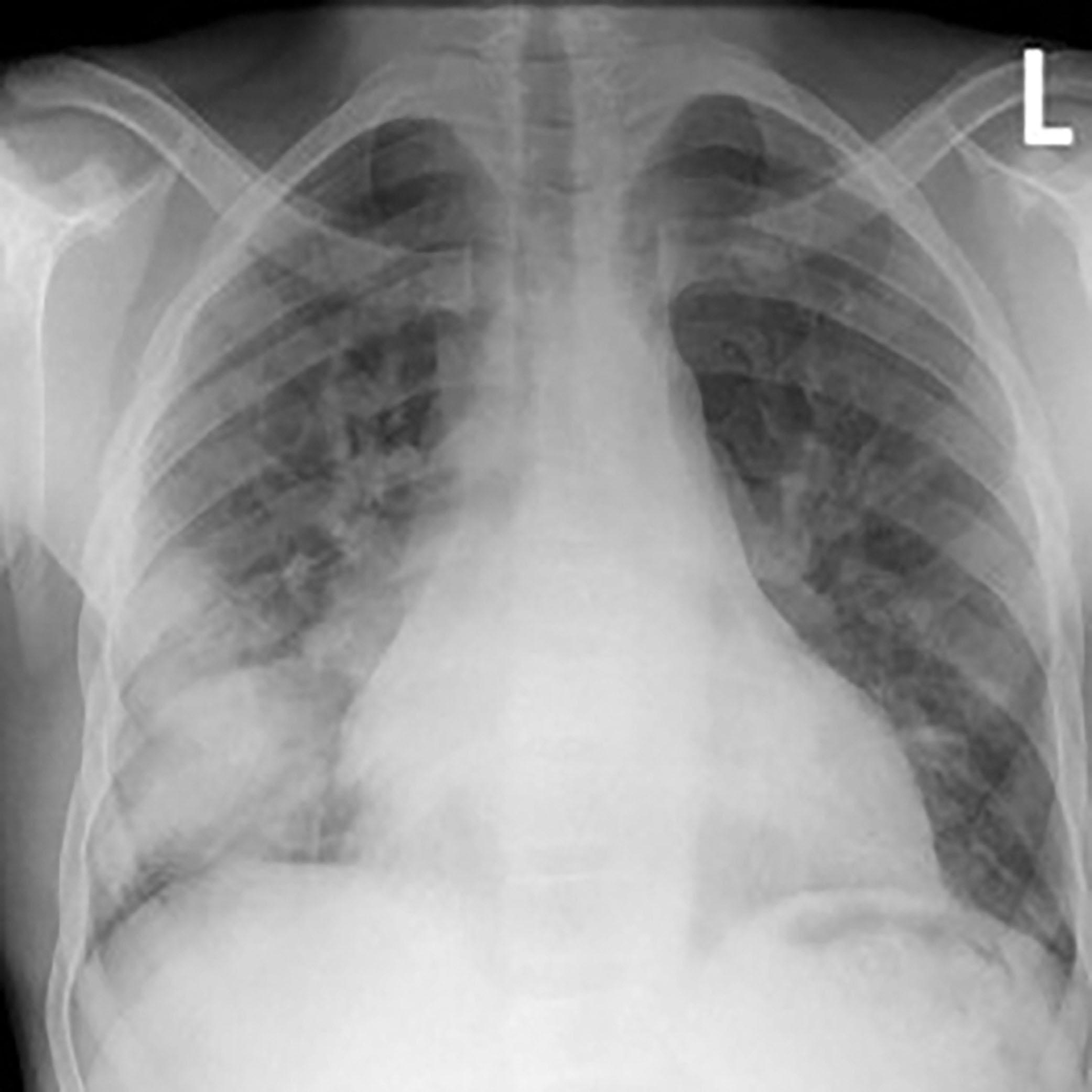Physical Address
304 North Cardinal St.
Dorchester Center, MA 02124
A rapid response event was initiated by the bedside nurse for a patient with shortness of breath, hypoxia, and altered mental status. On prompt arrival of the rapid response team, it was noted that the patient was a 25-year-old female with a known history of sickle cell disease who was admitted to the hospital earlier in the evening for the evaluation of back pain, bilateral lower extremity pain, and chest pain. The patient’s oxygen saturation was 95% on room air at the time of admission. A chest X-ray at the time was negative for any pulmonary infiltrates. The patient had been started on hypotonic fluids and had been receiving hydromorphone through a patient-controlled analgesia pump for the vaso-occlusive crisis. She had received roughly 700 cc of fluids by the time condition was called.
Temperature: 99.6 °F, axillaryBlood Pressure: 145/110 mmHg Pulse: 136 beats per min (bpm) – sinus tachycardia on telemetry Respiratory Rate: 38 breaths per min Pulse Oximetry: 82% on 6 L/min (LPM) O 2 through a nasal canula
A quick exam showed a young lady propped up in bed. She looked lethargic and in obvious respiratory distress. Appropriate personal protective equipment was established, and the patient was examined. She was able to follow simple commands appropriately. A pulmonary exam was significant for tachypnea. However, no wheezing or crackles were heard. Air movement was appropriate. Her cardiac and abdominal exam was benign.
The patient was immediately started on a non-rebreather face mask at 15 LPM O 2 , which improved the oxygen saturation to 91%. A stat arterial blood gas (ABG) was obtained, which showed pH 7.25, paO 2 56 mmHg, pCO 2 32 mmHg, O 2 sat 89%, lactate 7.2 mmol/L, hemoglobin 6.3 g/dL. Stat chest X-ray was ordered, which showed a new infiltrate in the right lower lobe ( Fig. 28.1 ). Stat blood cultures were obtained, and one dose of piperacillin/tazobactam was started. Then, 2 mg IV morphine was administered for dyspnea. The patient was given etomidate and succinylcholine and intubated at the bedside. The patient was sent for a stat computed tomography (CT) angiogram of the chest to rule out pulmonary embolism and was transferred to the intensive care unit for possible exchange transfusion.

Become a Clinical Tree membership for Full access and enjoy Unlimited articles
If you are a member. Log in here